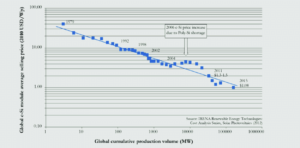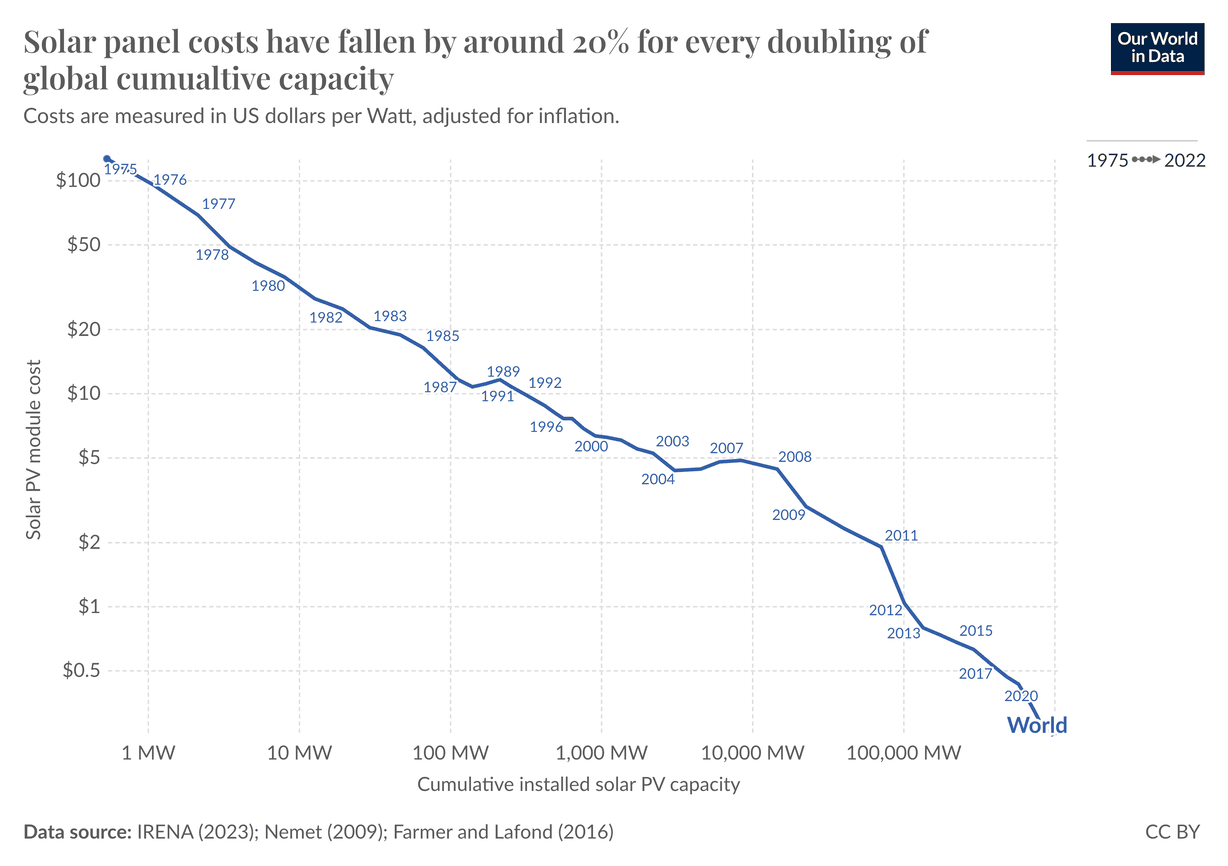Results from Colloquium 19: How We Fix Climate Change
Our presenter, Wayne Willis, called on his experience as a tech entrepreneur and a leader of Citizens’ Climate Lobby-Nevada to offer a framework for understanding how humanity can successfully address the causes of climate change. His thesis, called “The EcoTech Synthesis,” observes that:
Reaching net-zero greenhouse gas emissions by 2050 requires CleanTech to replace DirtyTech wherever possible in electricity generation, transportation, industrial processes, agriculture, buildings and other sectors generating greenhouse gases (GHGs).
That can only happen when the “Green Premium” gets to or below zero. The Green Premium is the higher price of the CleanTech alternative as compared with the existing DirtyTech process to deliver the same good or service.
There are two paths to reducing the Green Premium to zero: cheaper CleanTech or more expensive DirtyTech.
CleanTech will get cheaper from Learning Curves as and if demand and production increase. Increased demand and production require funding, especially across the “Valley of Death.”
Carbon pricing will make DirtyTech more expensive.

Wayne mentioned that this thesis is a “middle chapter” of a book he’s creating which starts with the science and climate models showing that greenhouse gas emissions are the main problem and how the world decided on the Paris goals of limiting global warming to 2.0° C (preferably1.5° C) by reducing greenhouse gas emissions 50% by 2030 and to “net zero” by 2050.
The “later chapters” of his book will profile case studies of how new CleanTech products were developed and financed as they improved their price/performance: solar panels, electric vehicles and heat pumps are well-known. But there are many other CleanTech alternatives that are equally promising — battery efficiency, geothermal electricity, synthetic meats, green cement and even “electric airplanes.” Each case study got across the Valley of Death in its own way; each can be a model for the future.
After the Class Colloquium, the video was released, in two pieces: The preso is 43 mins and the discussion is 24 mins. If you prefer written summaries, here are the slides and the speaker’s notes. The video preso was republished on YouTube, shown here.

